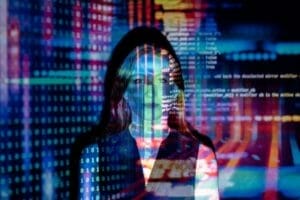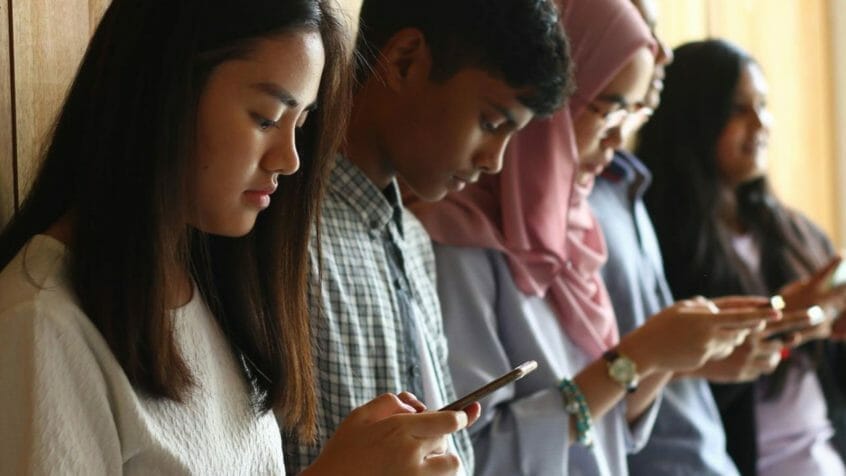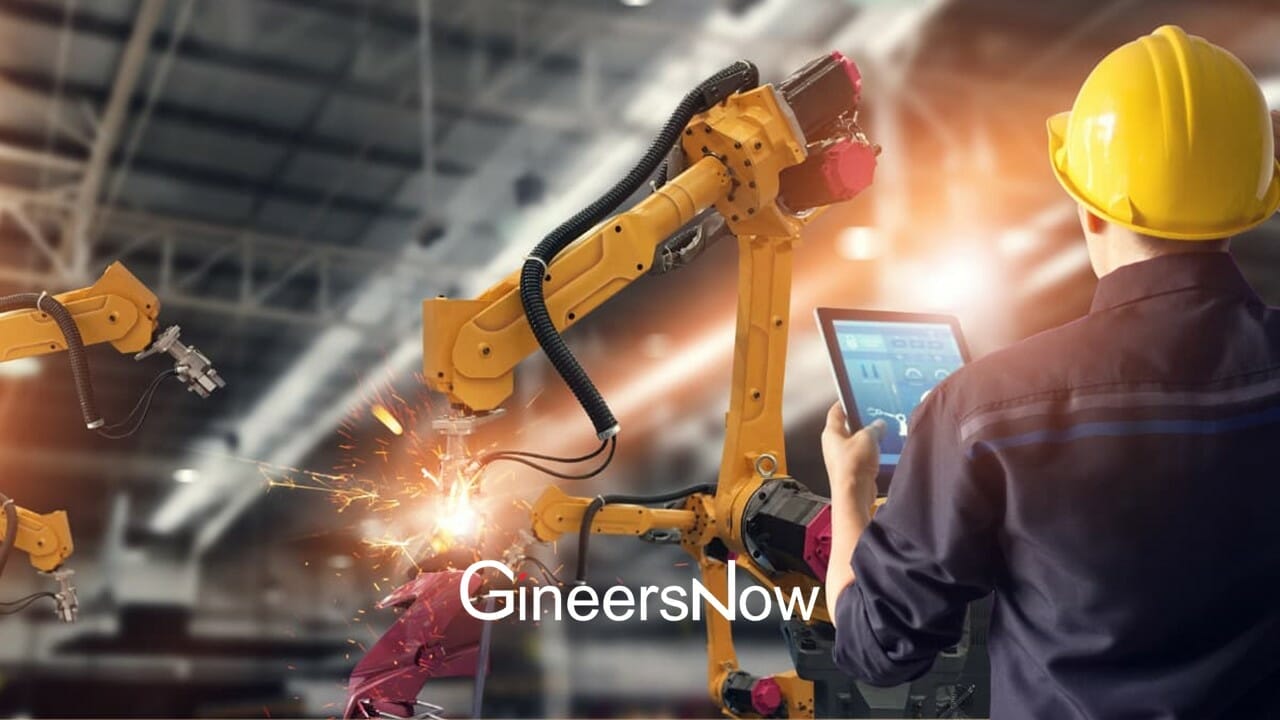Learn why digital infrastructure is used as a tool for social inclusion.
Even in the recent past— before the advent of modern smartphones, tablets, wearables, and portable computers—it would have been hard to imagine a world where the internet was so ubiquitous. Now, circa the 2020s, the exact opposite is true: it is hard for a contemporary person to grasp the idea of life without cell sites, common towers, mobile data, mobile apps, platforms as a service (PaaS), software as a service (SaaS), and the Internet of Things (IoT). These technologies are no longer relegated to the exclusive domain of the wealthy, the elite, or those who belong to the tech industry. Together, they are but components of a larger body of modern-day digital infrastructure that is actually shaping our world to be more socially inclusive.
What role does digital infrastructure play in making a country like the Philippines more accessible, competitive, and livable for citizens of different social classes? Here’s some insight into the contributions of the internet and other digital technologies to Filipino society.
It Makes Government Services More Efficient and More Accessible
Dealing with government agencies and receiving essential government services, like pensions and other forms of social assistance, is often a pain point for citizens of developing economies. Oftentimes, public and civil servants also find themselves between a rock and a hard place when it comes to fulfilling their mandates, as it is costly and time-consuming to add new mechanisms for the physical delivery of their services.
For government offices that have undergone a significant digital transformation, however, this is no longer the case. Digital technologies and the infrastructure upon which these rely now allow government agencies to process dues and accounts receivables, accept application forms, transfer financial aid, and render other vital services to citizens without the latter even needing to leave their homes. Such services are now accomplished faster and now require less of constituents’ time and financial resources, ultimately fulfilling the mandate of government offices to serve their people to the best of their ability.

It Lowers Business’s Costs for Labor and Improves Employees’ Quality of Life
With the advent of telecommuting or remote work, as well as hybrid or flexible work arrangements, it is also cheaper and less physically exhausting for public and private sector employees to do their daily work. Today’s digital infrastructure makes work from home (WFH) and flexible work arrangements viable options, thus saving employees time and money on commuting or driving to work and giving them the time back to spend with their families. Business owners can also benefit from the convenience that digital infrastructure and digital services afford; with the choice to run remote operations, they can save on rent and other overhead expenses and run their enterprise in a more lightweight and efficient manner.
In addition, digital technologies have made Filipino professionals and enterprises more competitive and more visible to international networks. This means new opportunities in the global digital economy, or the chance for Filipinos from all walks of life to grow world-class careers without having to move out of the country.
It Expands the Reach of Modern-Day Educational Models
Though remote learning is not necessarily a new invention and has been in place for years under alternative learning and technical skill education programs, it has found its stride in the 2020s, thanks to the evolution of today’s learning technologies and the new novel necessities made apparent by the COVID-19 pandemic. Education stakeholders are now exploring new possibilities for online or hybrid learning that put less of a burden on students to move away from home or to stop their day jobs. Even when they’re located in another province or are short on time because of work, students now have opportunities to further their education and sharpen their technical skills.
Schools, colleges, and universities have been able to significantly expand their reach, thanks to modern-day digital technologies and the infrastructure they depend on. Educators are no longer confined to the walls of their physical institution to do their life’s work, and modern educational pedagogies are no longer time- or space-bound. The rise of the virtual classroom, as well as asynchronous delivery of lessons, invites students to learn from wherever they are and at their own pace. As a result, educational approaches are now more socially inclusive than they were before.
It Keeps People Connected to Their Communities
Lastly, digital infrastructure supports an important part of the country’s social fabric: people’s sense of connection to their friends, families, and local communities. Now that mobile data and wireless technologies are more widely available—and now that they can be trusted to work consistently on a day-to-day basis—Filipinos can stay in touch with their loved ones and take care of each other’s mental and emotional wellbeing.
It may not have as visible a place in the metrics of social inclusion and development, but connectedness matters quite a lot. When ordinary Filipino citizens have the digital infrastructure to communicate reliably and consistently with each other, everything else follows. They can work together more closely, respond more quickly to people in need in times of dire emergency, and show support to their communities when it’s needed the most. For that alone, it is worth celebrating the digital era.
Final Words
Digital innovation is not meant to be an end unto itself. Its best application lies in the improvement of society so that the latter can become more inclusive and humane. In that regard, the situation in the Philippines has shone a whole new light on what’s possible with better digital infrastructure. Here’s to the realization of timeless ideals, like social inclusion, through the use of modern-day technologies!











